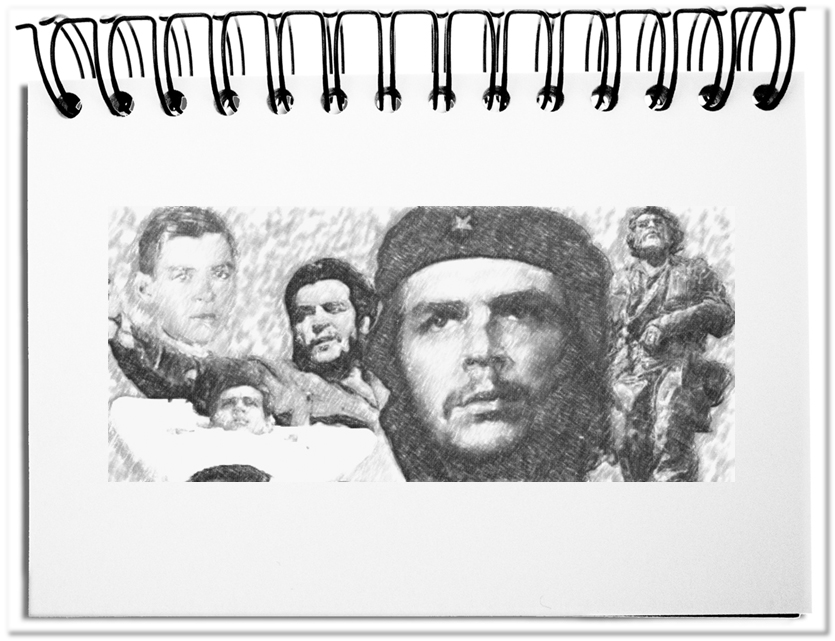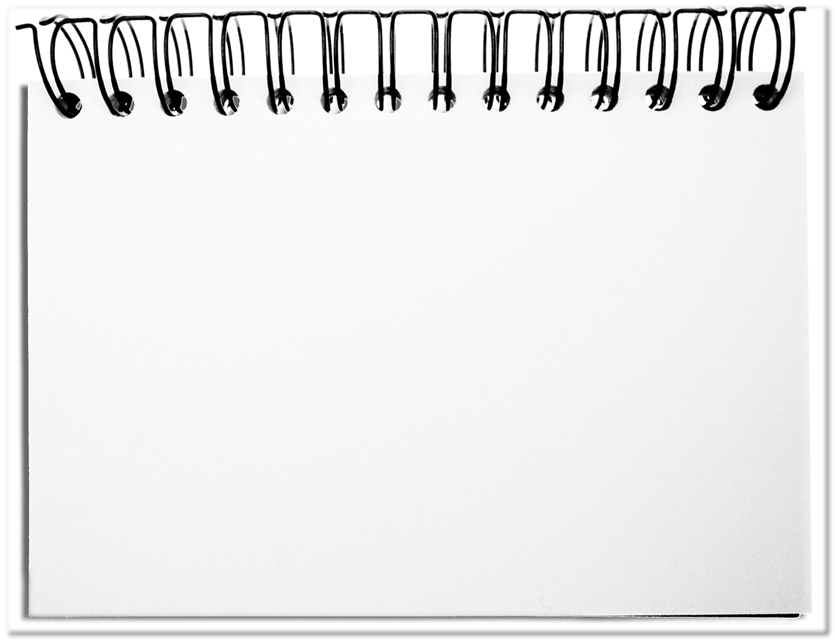Looking back in history is convenient, because it can explain everything retrospectively. We are following a life and feel that it is conclusive. This is what makes biographies so exciting. The view behind the curtain provides explanations and makes actions comprehensible. We do not notice the careers of those, who have failed and got lost themselves in anonymity. The asthmatic child, who later finished his medical studies as a surgeon and was killed as a revolutionary in Bolivia, went through the ups and downs of life and eventually got branded as part of the worldwide memory. Ernesto went through the different phases of his life without the world being able to recognize his impact in the beginning. The same destiny is shared by those, we remember today: Jesus Christ, Publius Qunctilius Varus, Johannes Gutenberg, Leonardo da Vinci, Mao Zedong. And if they had not already died, today they would have to live with the image created by posterity. Changes of times transform meaning.
We see a more or less correctly described life of the heroes of history that ranges from meaninglessness to celebrity and is evaluated afterwards by history. Behind all judgments is a person, whose relevance changes over time – depending on the observer and its value system.
- Before the history
The time before its story begins is similar – kindergarten, school, university and/or profession. Everyone has its own character, sometimes more active or passive, sometimes extra- or introverted, sometimes suppressed or oppressive. Later, posterity looks at this time and interprets everyday behavior according to its significance in history – suddenly stubbornness and wild raving become the early revolutionary attitude. In retrospect, even people, who know it better, adopt this interpretation. - Invisible development
At some point, a crossroad leads to one finding its vocation and to follow it. Some experience injustices and develop a shift of their mind with new values and bogeymen. Everything is still happening in secrecy. The encountered challenges are fought out internally and in the usual discussions. Not more or less, as it happens to everybody. The possibilities for action are so limited that one acts on a small scale and consciously does not sticks out yet. Viewed from the future, this consolidation of one’s own value system becomes the maturing period of the future revolutionary. Nothing happened yet. - Passionately put into action
If coincidence leads you into the appropriate environment or makes you aware of something that is worth fighting for – now it starts. History begins. The first walking attempts and the first initiatives become known by the public. However, the activists develop by and by awareness for the attention, since they are so busy with their actions that they do not waste any thought on the story until they reach the tipping point. Public awareness is growing faster and faster. Now it should be designed. From the outside we do not notice the evolving propaganda. The human being is lost behind the announcements, because we are not getting unprepared private information. Now the public evaluates the protagonist according to historic criteria – for some as politician and for others as guerillero. - For ever history
As soon as life is over and a certain time has gone by, the image becomes transfigured and the public interests determine, how the person has to be evaluated – a criminal for the opponents and a martyr for the followers. It is still the same person, who lived its life and now has no control over what follows. The image is turning according to the value systems and the general political situation. In some cases, the later-born try to make all traces of the protagonist disappear – the inscriptions of the Egyptians were removed and Stalin had the corresponding persons retouched out of photos. In other cases, the protagonists become heroes, who have done everything for the great cause. The changes of times alter the view of history.
Bottom line: A person is a person, is a person, … This also applies to those, who have significantly influenced the course of history. In the end, they loose control over their historical destiny. One moment an assassin and in the next a freedom fighter, who sacrificed itself for the cause. And if times continue to change, the heroes are again thrown off the pedestal, because the changes of times transform meaning – again and again.


